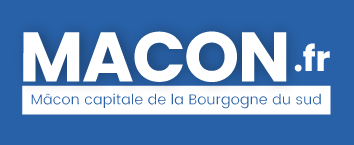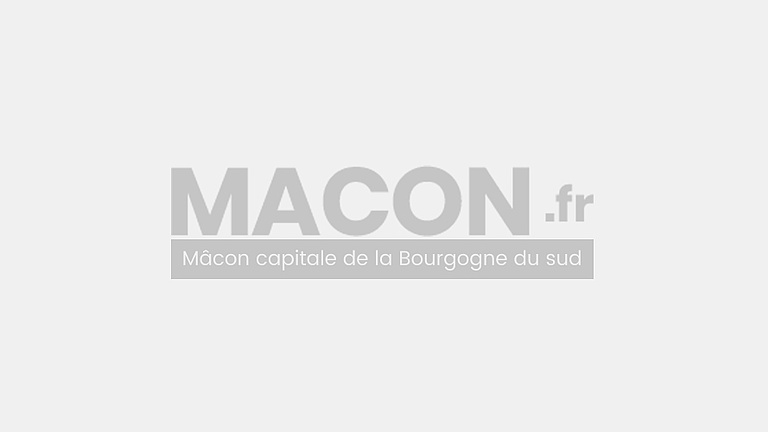Gaulish currencies
The earliest Gaulish currencies were imitations of the gold staters of Philip II of Macedon, which were brought back by Gaulish mercenaries who fought in the prince’s armies.
These coins of great value are considered to be hoarding objects. The fifty or so Aedui staters found in the Cave of Creux-Beurnichot in Chenôves (canton of Buxy), during excavations in the winter of 1934-1935, form a treasure hoard insofar as they are an accumulation of precious objects. The 38 coins kept at the Musée de Mâcon are made of low-quality gold, as well as electrum, a gold-silver alloy. They are characteristic of the interpretation of Greek iconography by Celtic engravers.
Among the Gauls, coinage was done by a social elite, rather than by a state. Issuing gold, silver or bronze coins conferred power and prestige. The coin die found during an excavation of the Gaulish village of Saint-Symphorien-d’Ancelles, in 1967, is another piece of evidence of currency production during this period. This bronze die, set in a block of iron, has an engraved profile bust with curly hair. This object was used to strike silver coins inspired by the Roman quinarius, or half-denarius, weighing about 2 grams. In the century that preceded the conquest of Gaul, the peoples inhabiting the territory of today’s Bourgogne-Franche-Comté, known as the Aedui, the Sequani and the Lingones, came to an agreement to facilitate exchanges by allowing currencies to circulate freely in this area known as the “denarius zone”.



